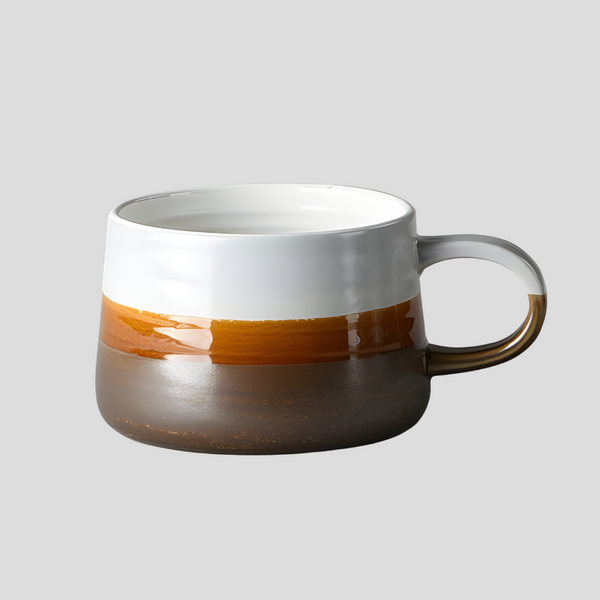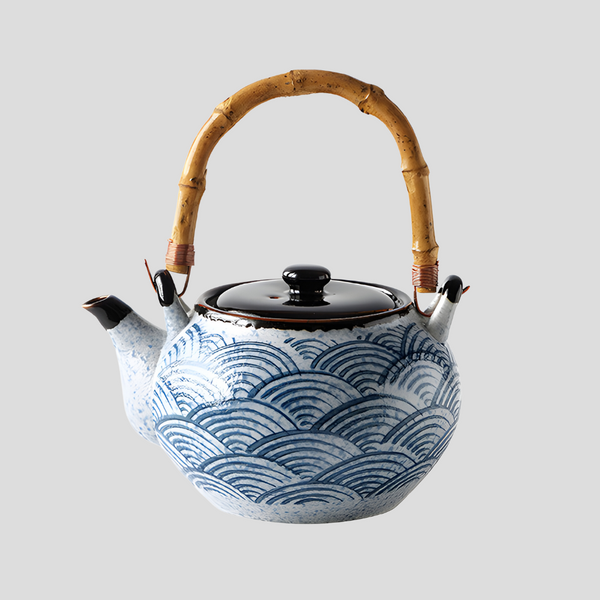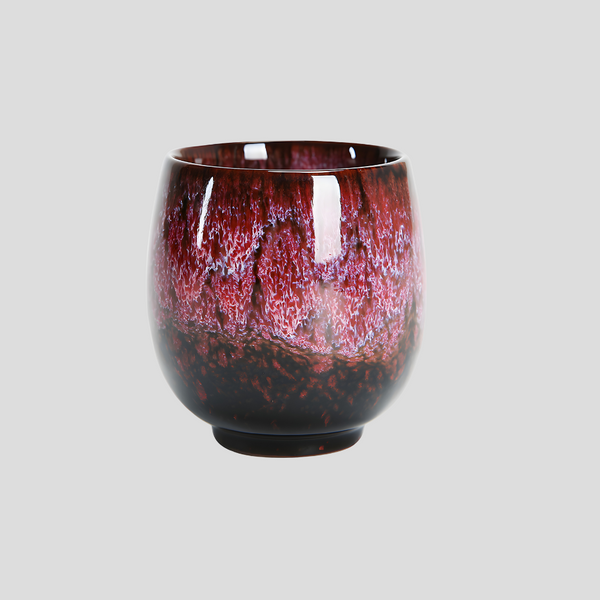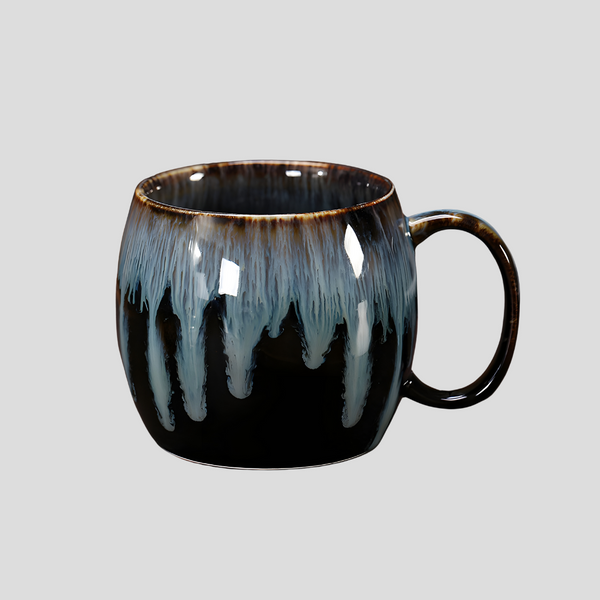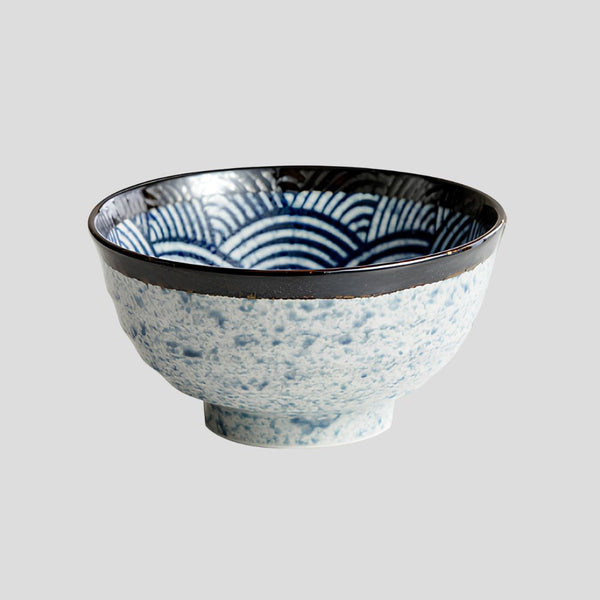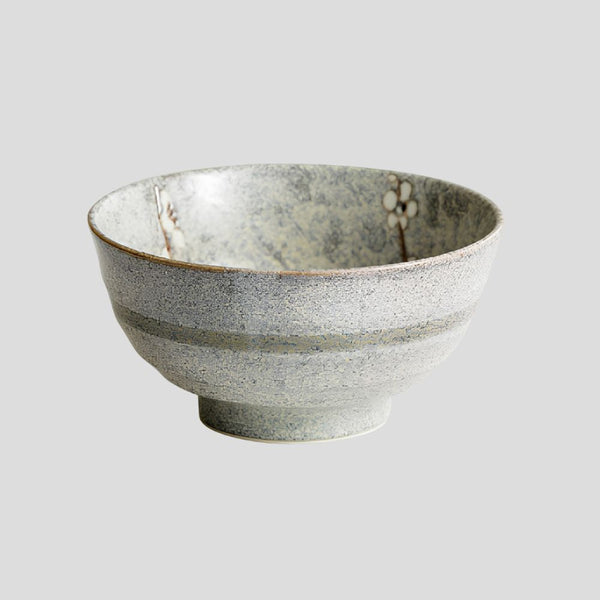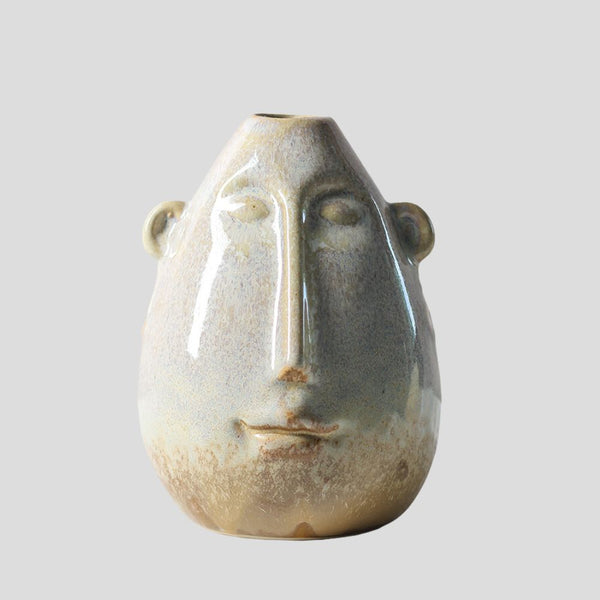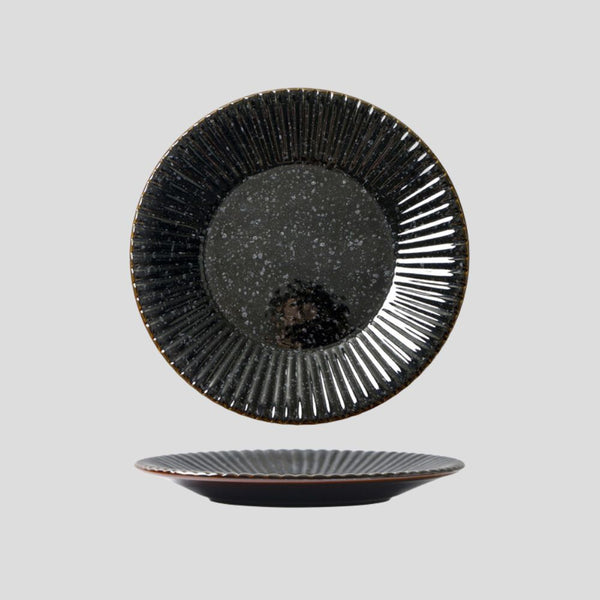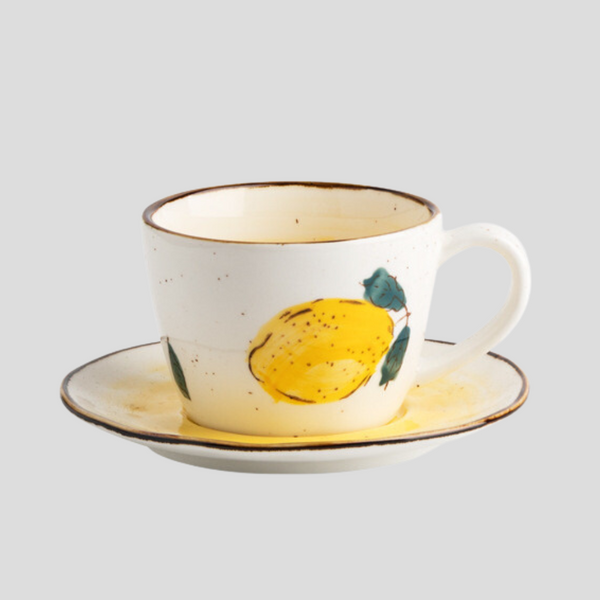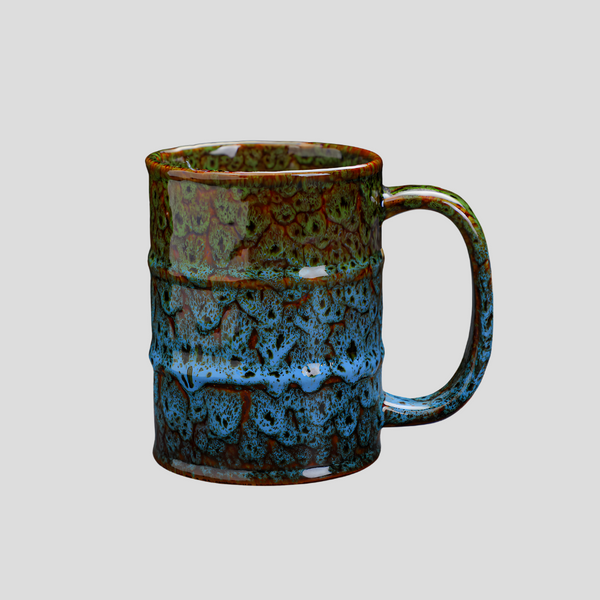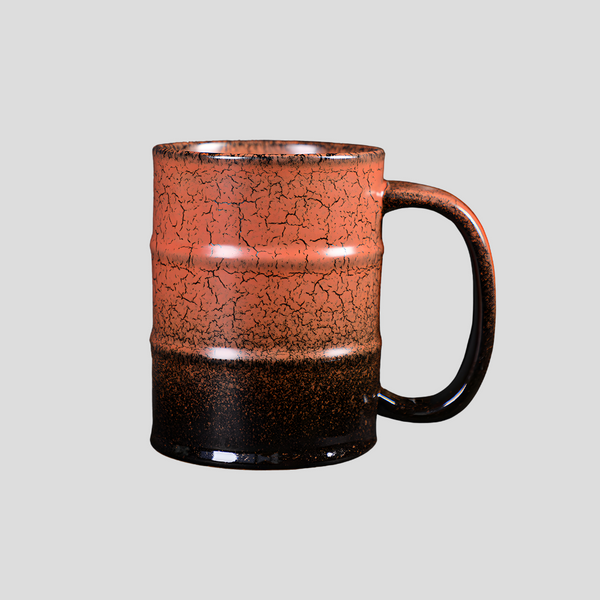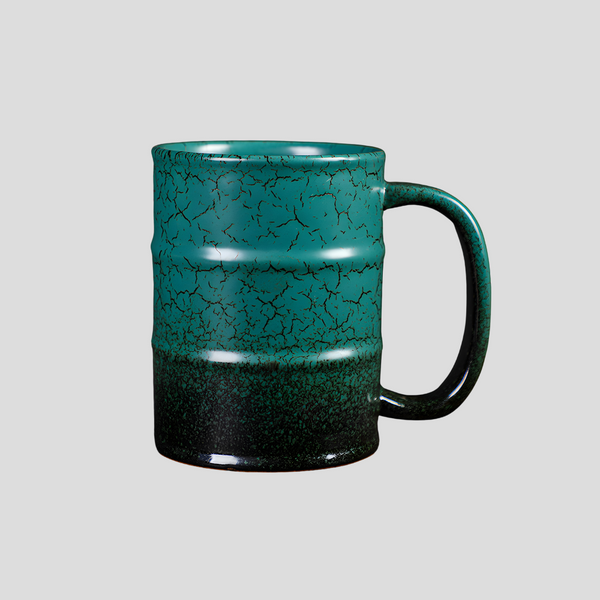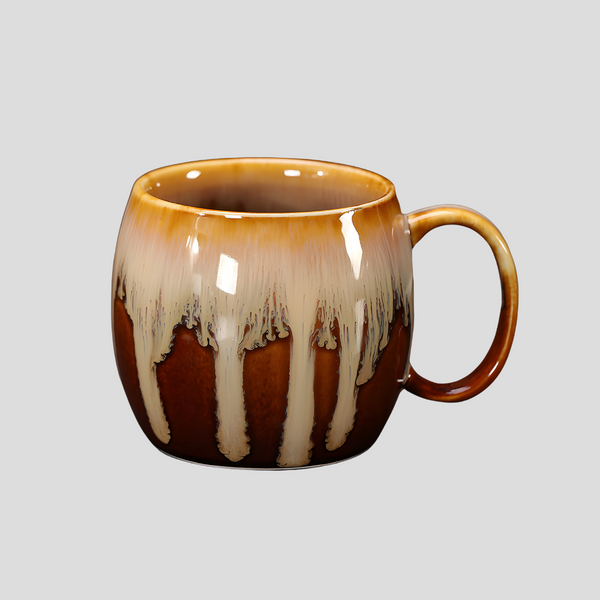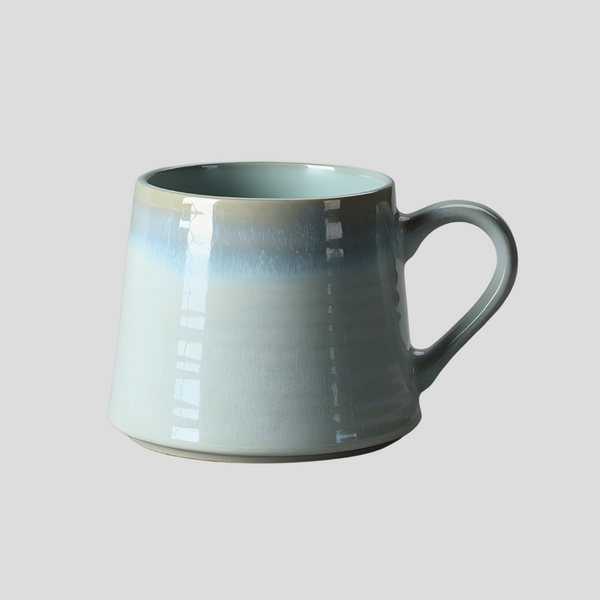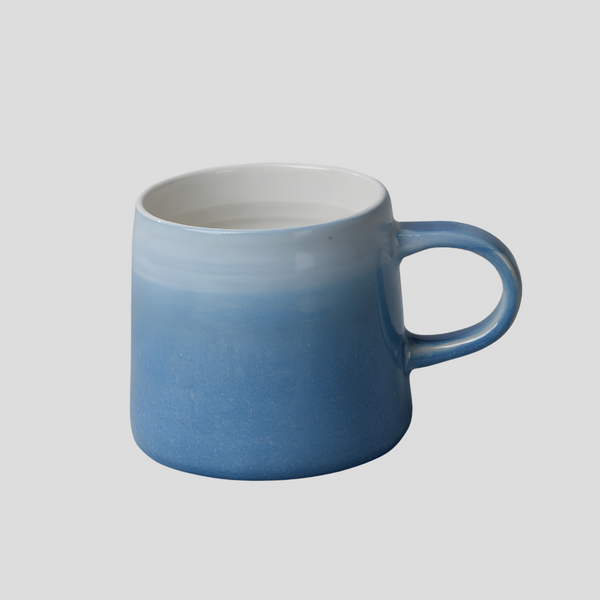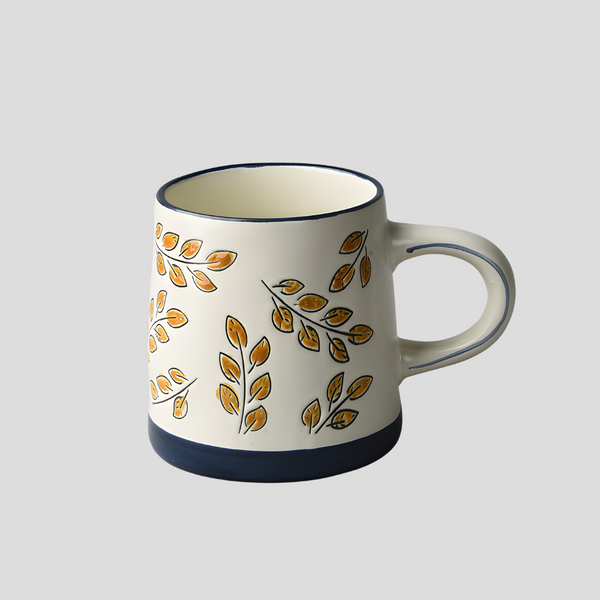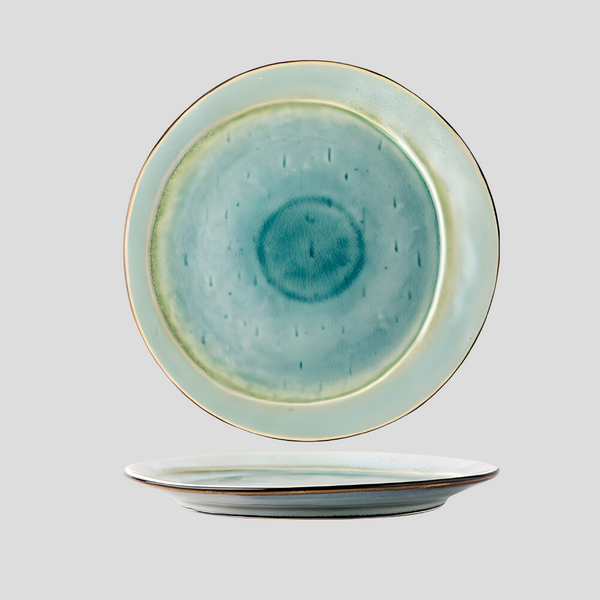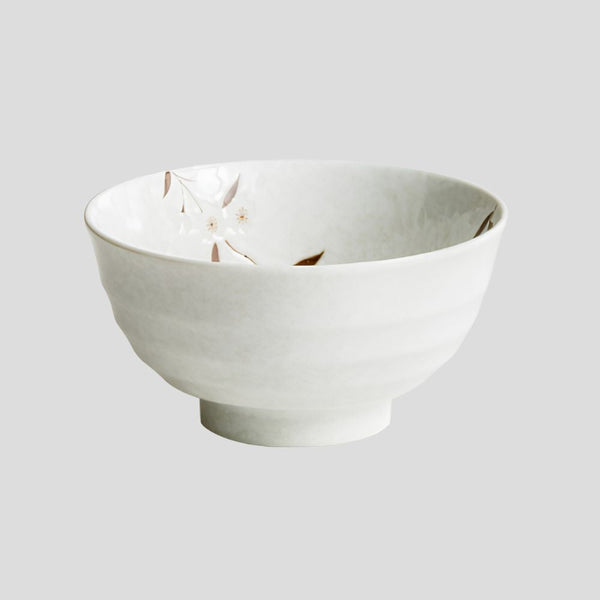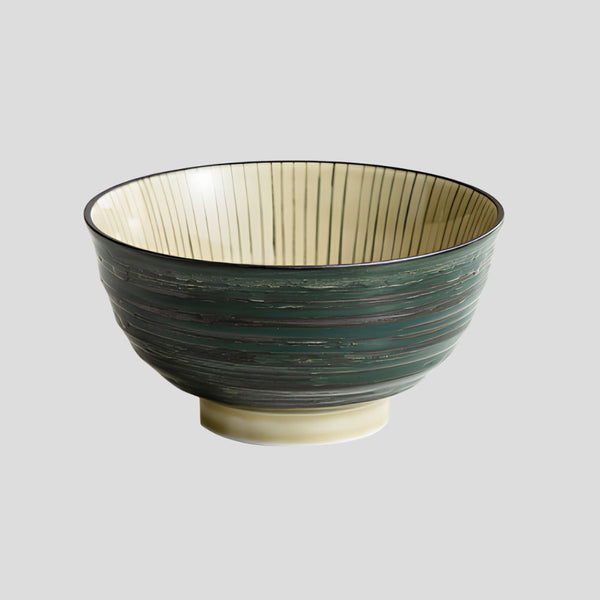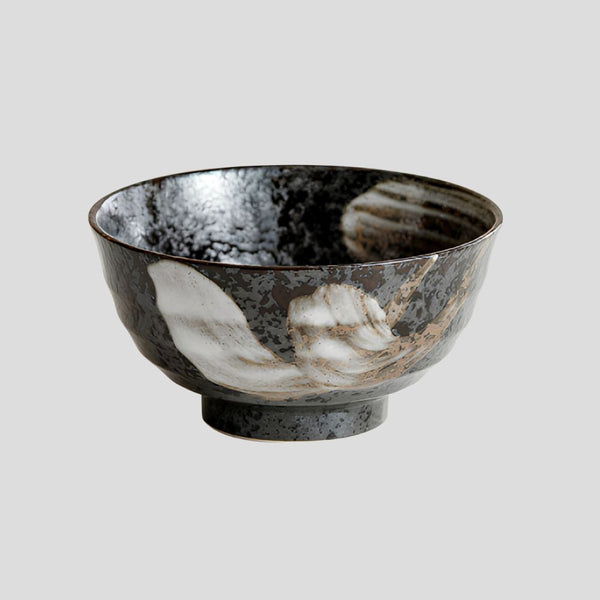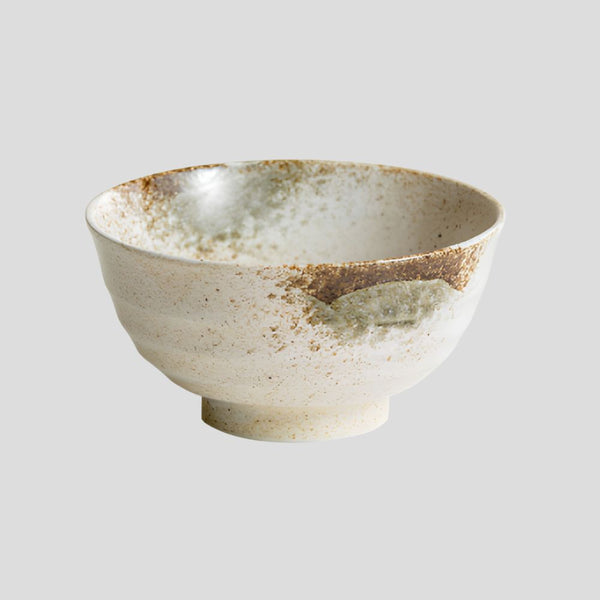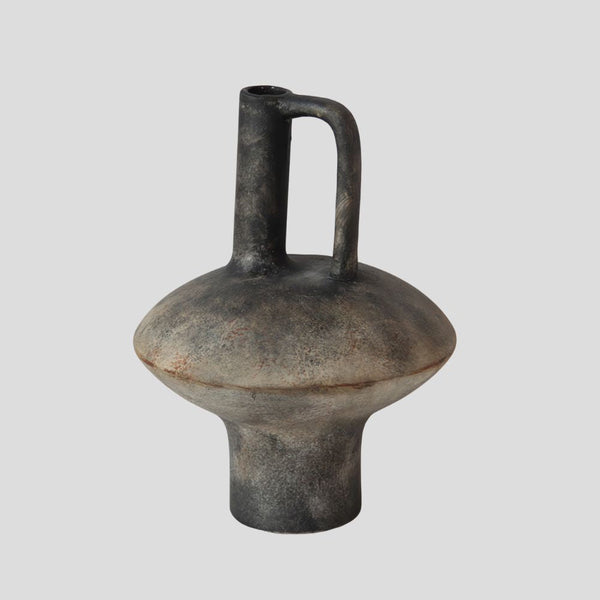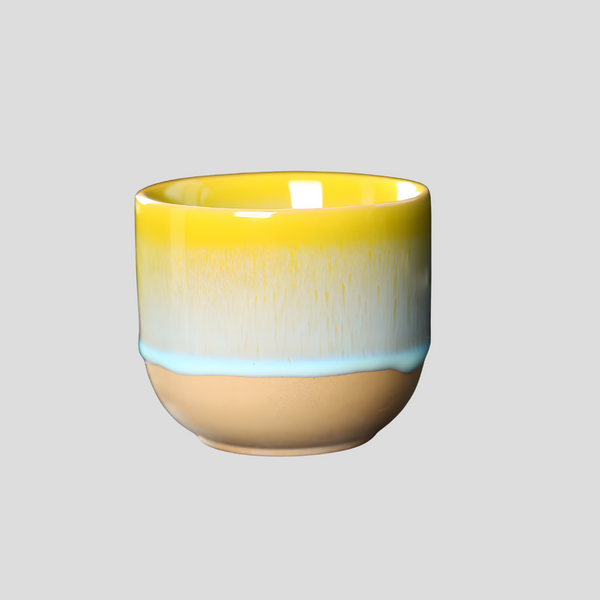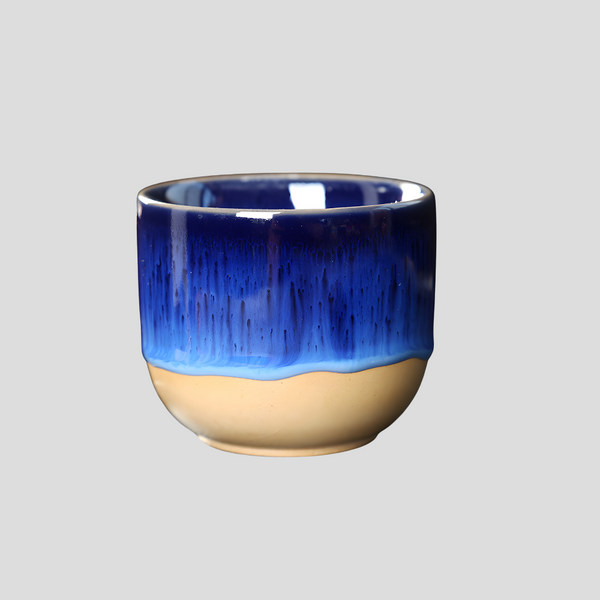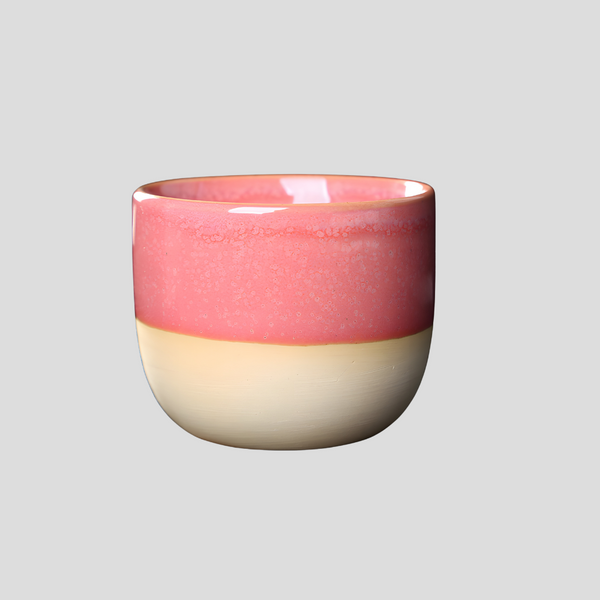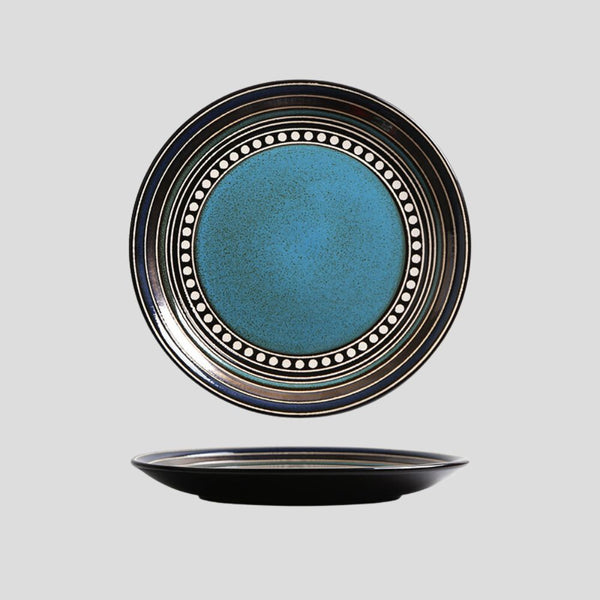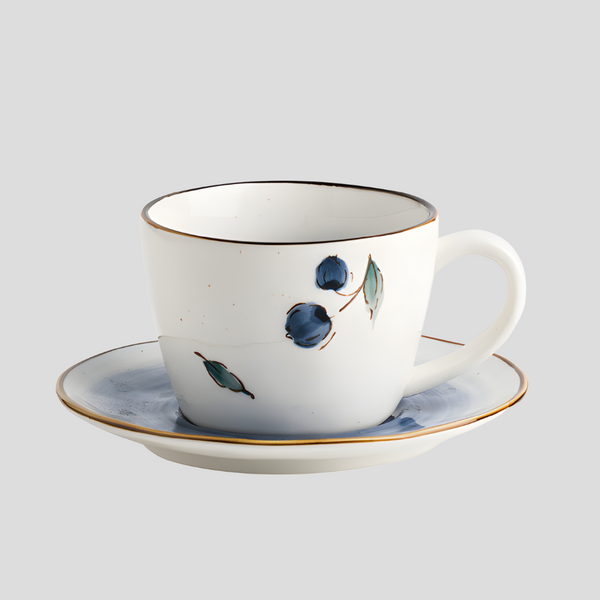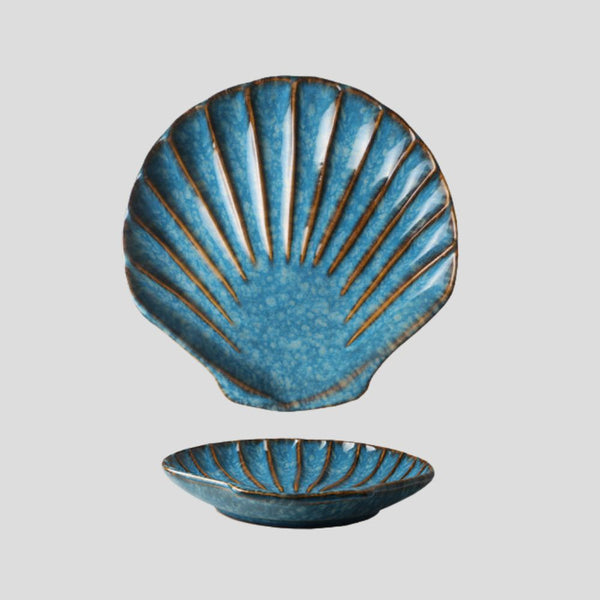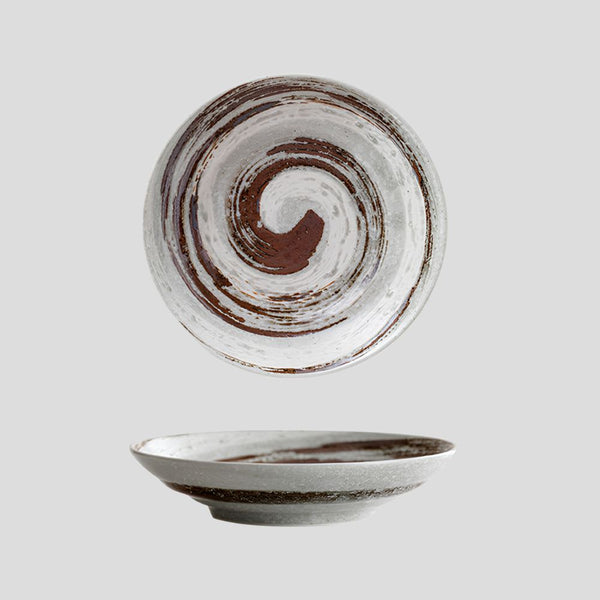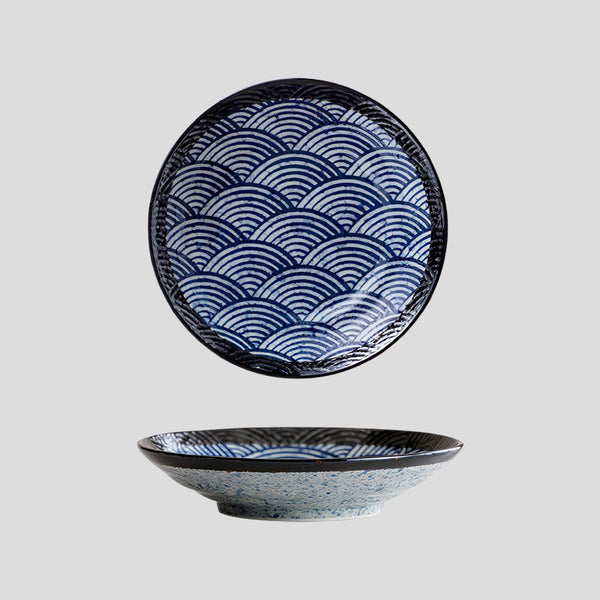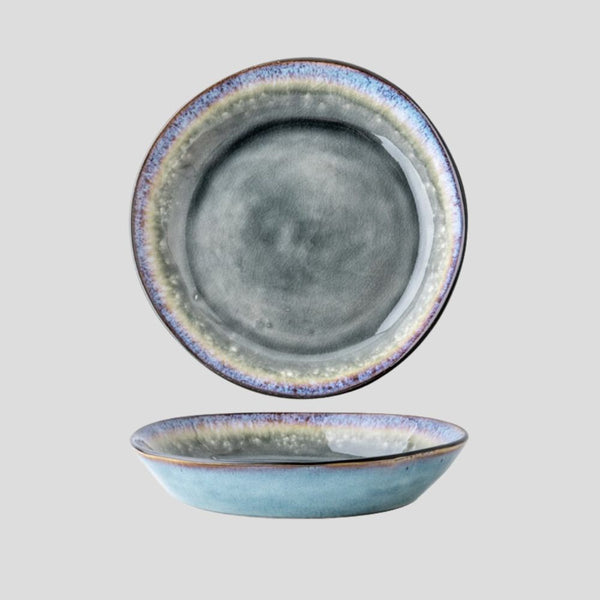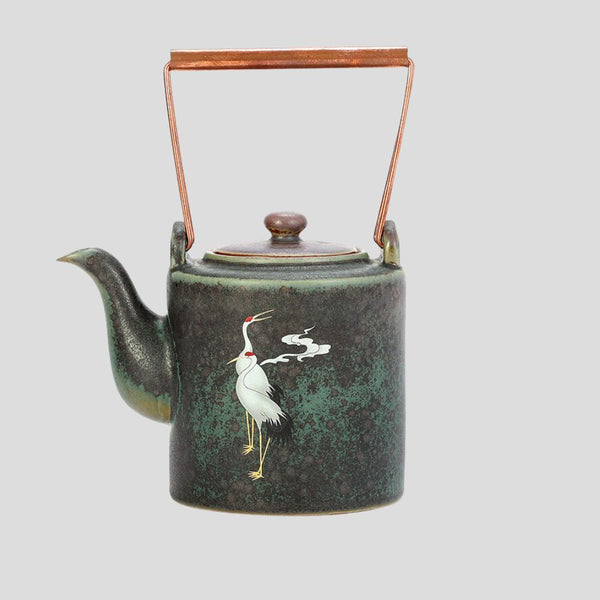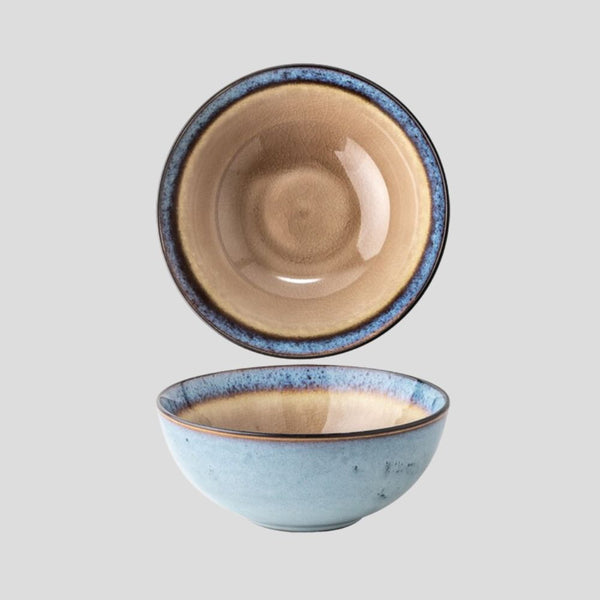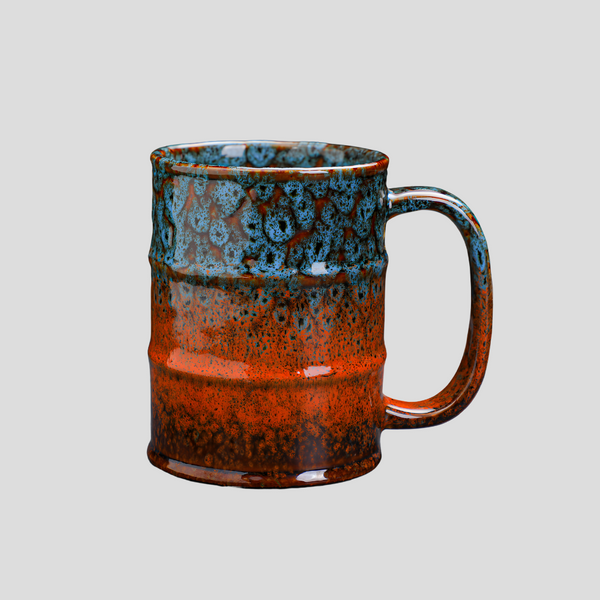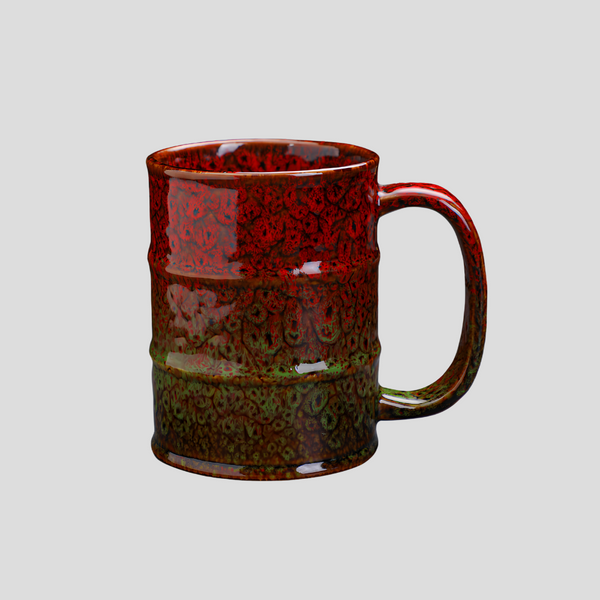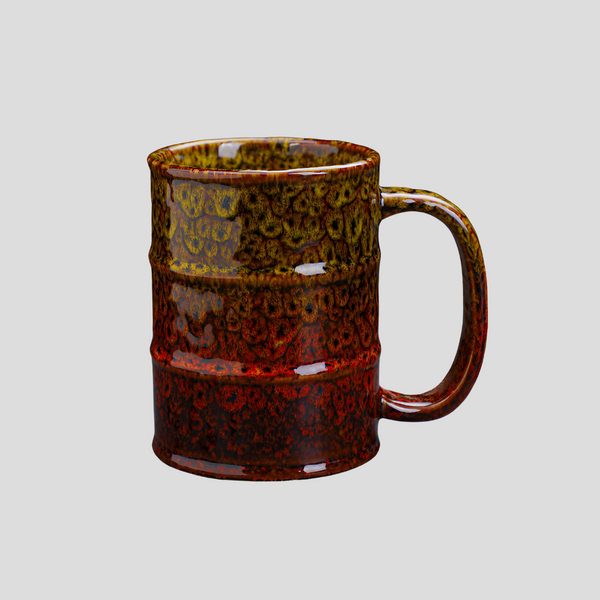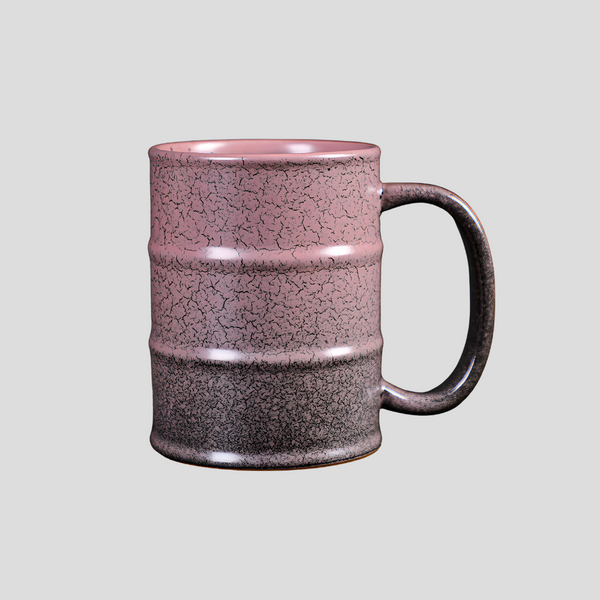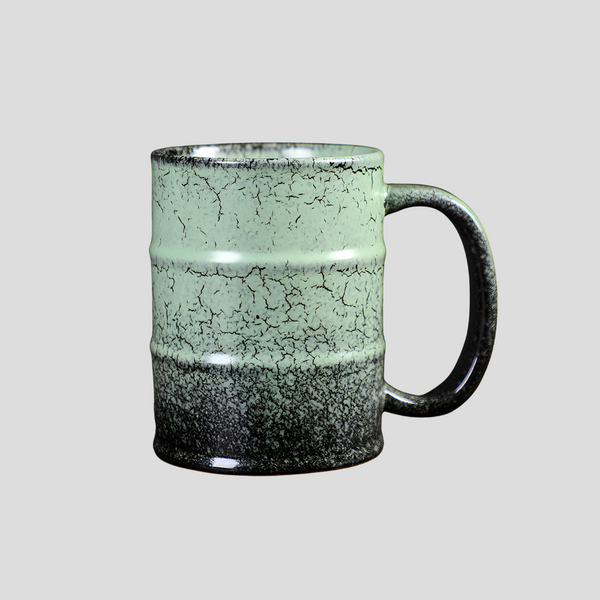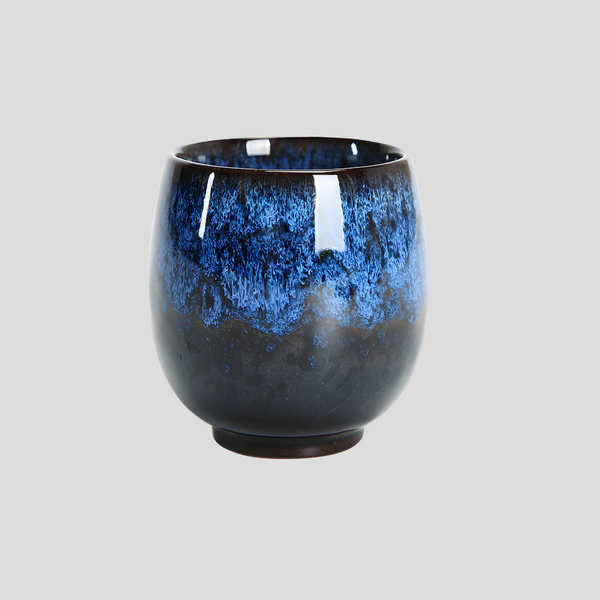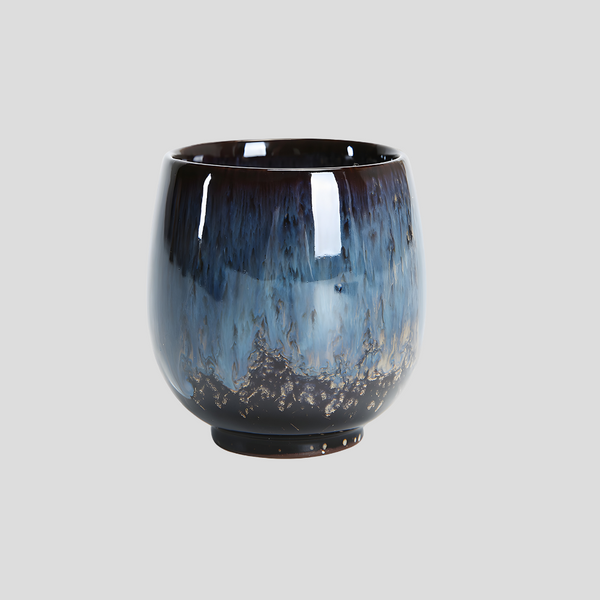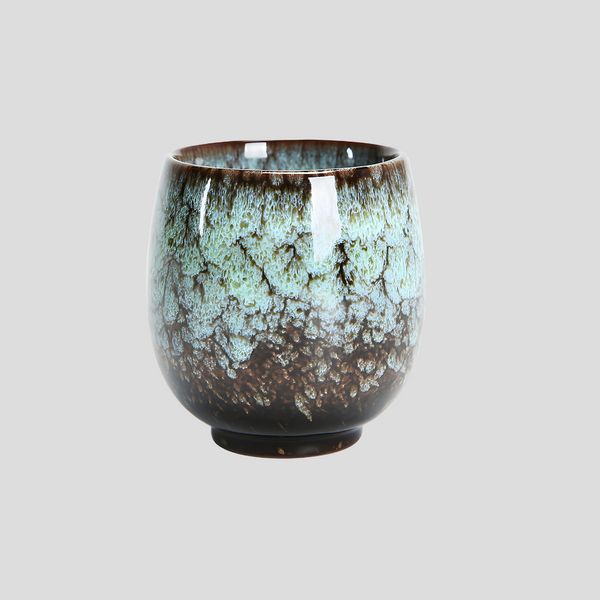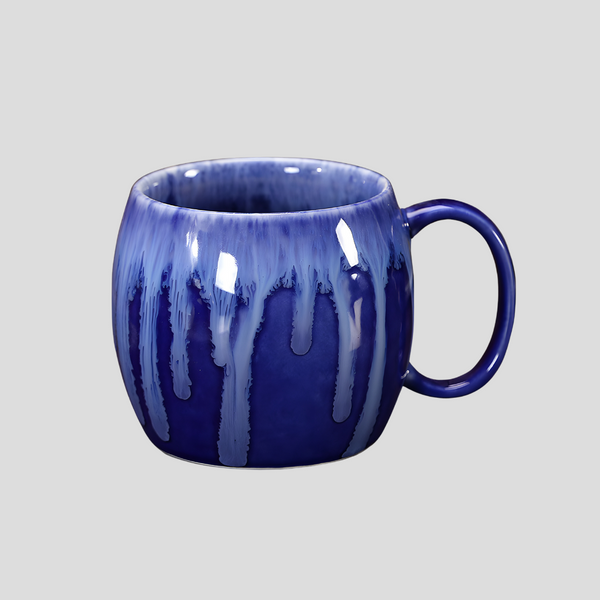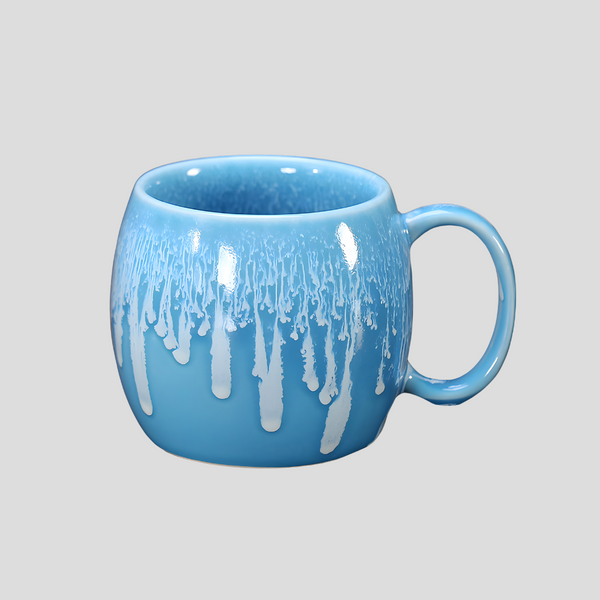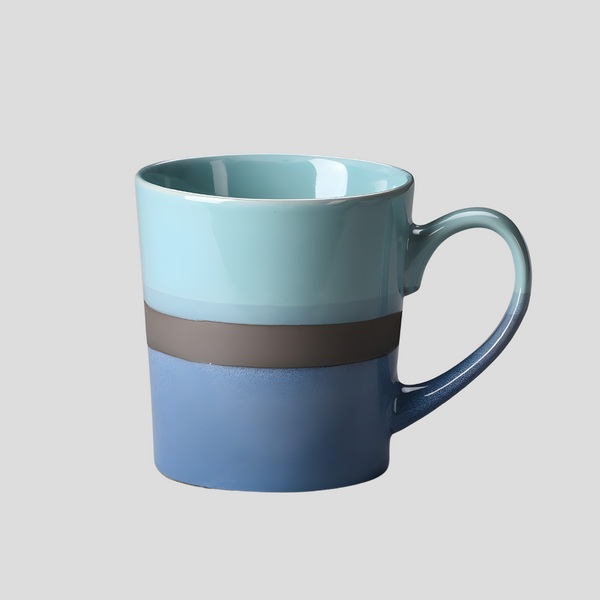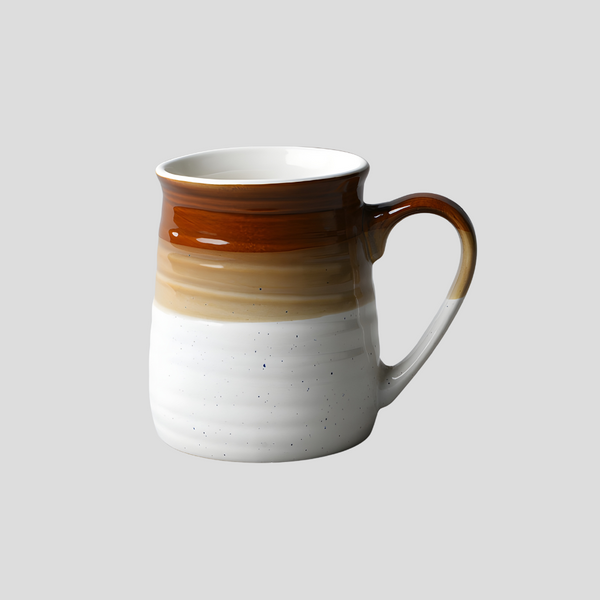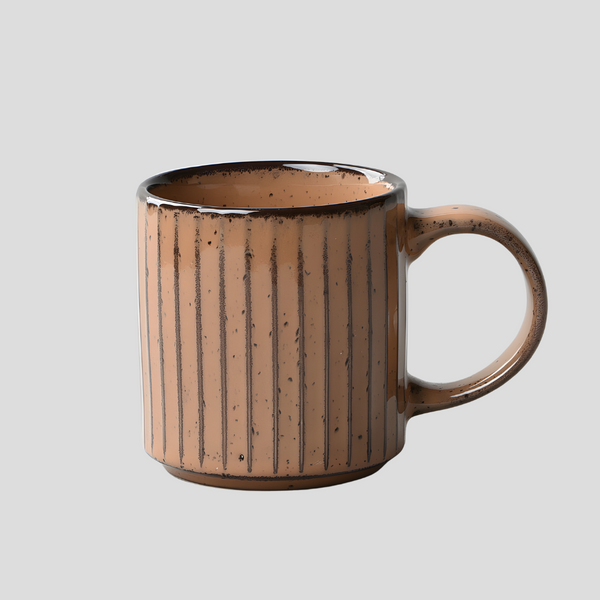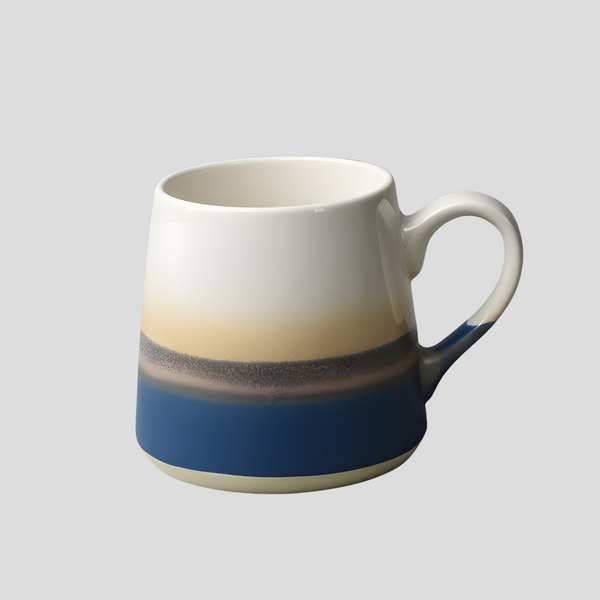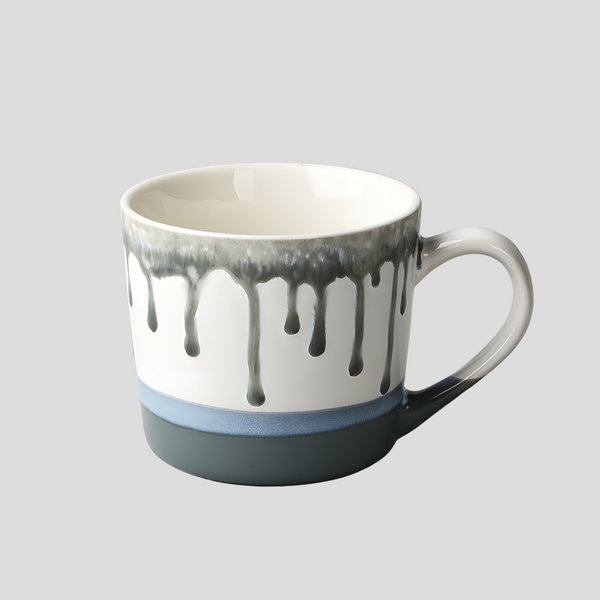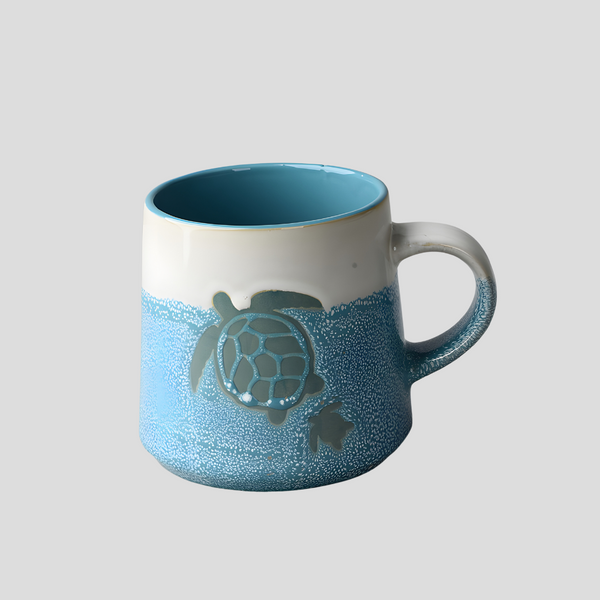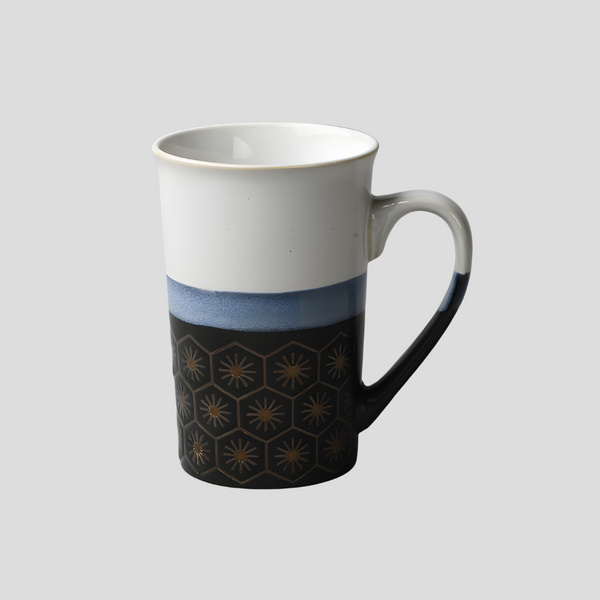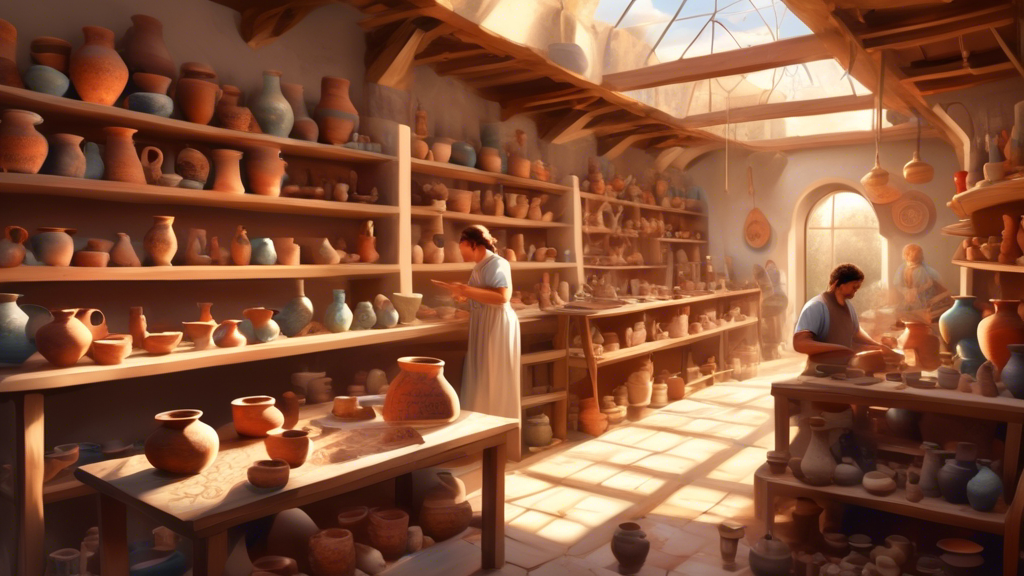
Exploring the Rich History of European Pottery
European pottery, with its intricate designs and practical applications, offers a fascinating window into the past. From the earliest earthenware to the fine porcelains of the modern era, the evolution of pottery in Europe weaves a tale of technological advances, cultural exchanges, and artistic prowess. This journey through the history of European pottery reveals not just the skill of ancient artisans but also provides insight into the social, economic, and political climates of their times. The story of European pottery begins in the Neolithic era, around 7,000 BCE, with the advent of agricultural societies. In regions that are now modern-day Hungary, Romania, and Ukraine, the earliest known pottery in Europe was crafted. These early pieces were primarily functional, used for storing food and water, but they also bore simple decorations, hinting at the potential for pottery as an expressive art form. The Linear Pottery Culture, credited with these early developments, set the foundation for future European ceramics. As we move into the ancient period, Greek and Roman civilizations brought pottery to new heights. The Greeks perfected the art of pottery decoration, introducing red and black-figure techniques that allowed for detailed storytelling on vases and amphorae. These pieces were not only practical but also served as a canvas for artists to depict mythological scenes, daily life, and historical events, offering invaluable insights into ancient Greek culture. The Romans, known for their engineering prowess, expanded the role of pottery by improving production methods. Terra sigillata, a fine red-gloss pottery, exemplifies the Roman contribution to pottery. It was widely traded across the Roman Empire, demonstrating the economic importance of pottery and its role in everyday life. During the Middle Ages, the focus of European pottery shifted towards more utilitarian forms, with the notable exception of Islamic-influenced ceramics in Spain, such as the intricate Alhambra vases. Meanwhile, Northern Europe saw the rise of stoneware, a durable type of pottery that was highly valued for its practical uses. The Renaissance era reignited interest in the artistic potential of pottery. In Italy, majolica—an earthenware covered in a white glaze and painted with vibrant colors—became a symbol of the period’s artistic and technological advancements. This trend spread throughout Europe, with each region developing its own unique styles and methods. The introduction of porcelain from China in the 14th century had a profound impact on European pottery. Coveted for its delicate beauty and translucent quality, porcelain was initially imported at great cost. The quest to discover the secret of porcelain production led to significant advancements in European ceramics. The Meissen Porcelain Factory in Germany, established in the early 18th century, marked the beginning of Europe's ability to produce high-quality porcelain, often referred to as white gold. With the dawn of the Industrial Revolution, the production of pottery underwent a profound transformation. Mass production techniques made pottery widely accessible, but at the expense of the artisanal tradition that had defined pottery for centuries. However, the Arts and Crafts movement of the late 19th and early 20th centuries revived appreciation for handmade pottery, emphasizing quality and artistic expression over mass production. Today, European pottery encompasses a wide spectrum of styles, from traditional crafts rooted in centuries of history to avant-garde artistic expressions. Contemporary potters and ceramic artists continue to push the boundaries of this ancient art form, ensuring that the rich history of European pottery continues to evolve and inspire.Exploring the Rich History of European Pottery
Prehistoric Beginnings
Ancient Mastery: Greek and Roman Influence
The Middle Ages to the Renaissance: Innovation and Influence
Porcelain: The Quest for White Gold
Industrial Revolution to Modern Day
